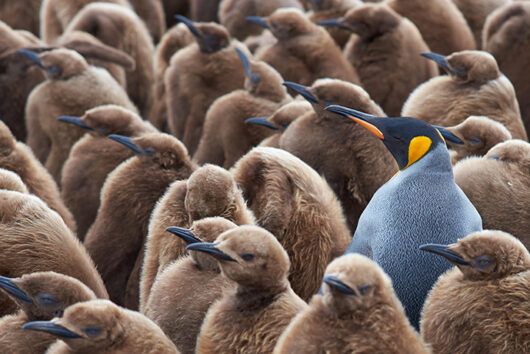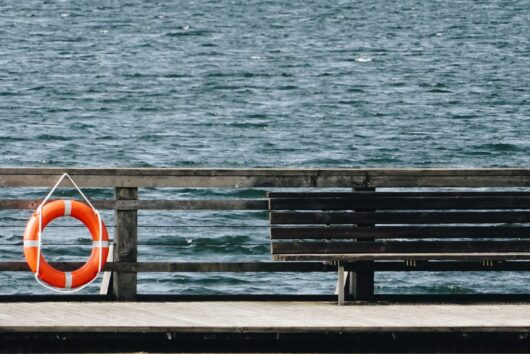What came before money?

Money has evolved over the millennia – from natural objects to coins to paper to digital versions. But whatever the format, human beings have long used currency (a system of money) as a store of value, a unit of account and a means of exchange
Starting in the Late Stone Age or Upper Paleolithic, this marked the first instances of bartering, where hunters traded for the best flint weapons, making deals directly with another group.
Over time, we evolved to desire collectible items because of their rare or symbolic status. By correctly guessing which objects may be demanded for their collectible value, the owner gained the rewards in trade and wealth – sound familiar? What began as shells, animal teeth or flint evolved to precious metals like gold.
The Mesopotamian shekel – the first known form of money – emerged nearly 5,000 years ago but the earliest known creation of physical coins dates back to 770 BC in Western Asia.
Tools and weapons were swapped for miniature replicas of these same objects cast in bronze. Picture the monopoly player tokens you fight over (battleship’s mine sorry). However, due to the impracticality of these objects – sharp edges – these tokens were eventually abandoned in favour of circular shapes. These then became some of the first coins to be issued.
Although China was the first country to use these shapes that we have understood as the first appearance of money, the first region of the world to use an industrial process to create them to be used as currency was in Europe in a region called Lydia (western Turkey).
In the past, as today, no society was completely self-sustaining, and money allowed people to interact with other groups. Earlier forms of money allowed for the movement of goods across regions and people who before now, had to actually know each other in order to trade.
From hunter gatherers to farmers and city dwellers, money became a universal language that everybody understood and allowed civilisations to advance beyond simple trading and bartering between groups closely linked to each other to movement of goods across vast distances.
 Discover
Discover Help Centre
Help Centre Status
Status Company
Company Careers
Careers Press
Press


